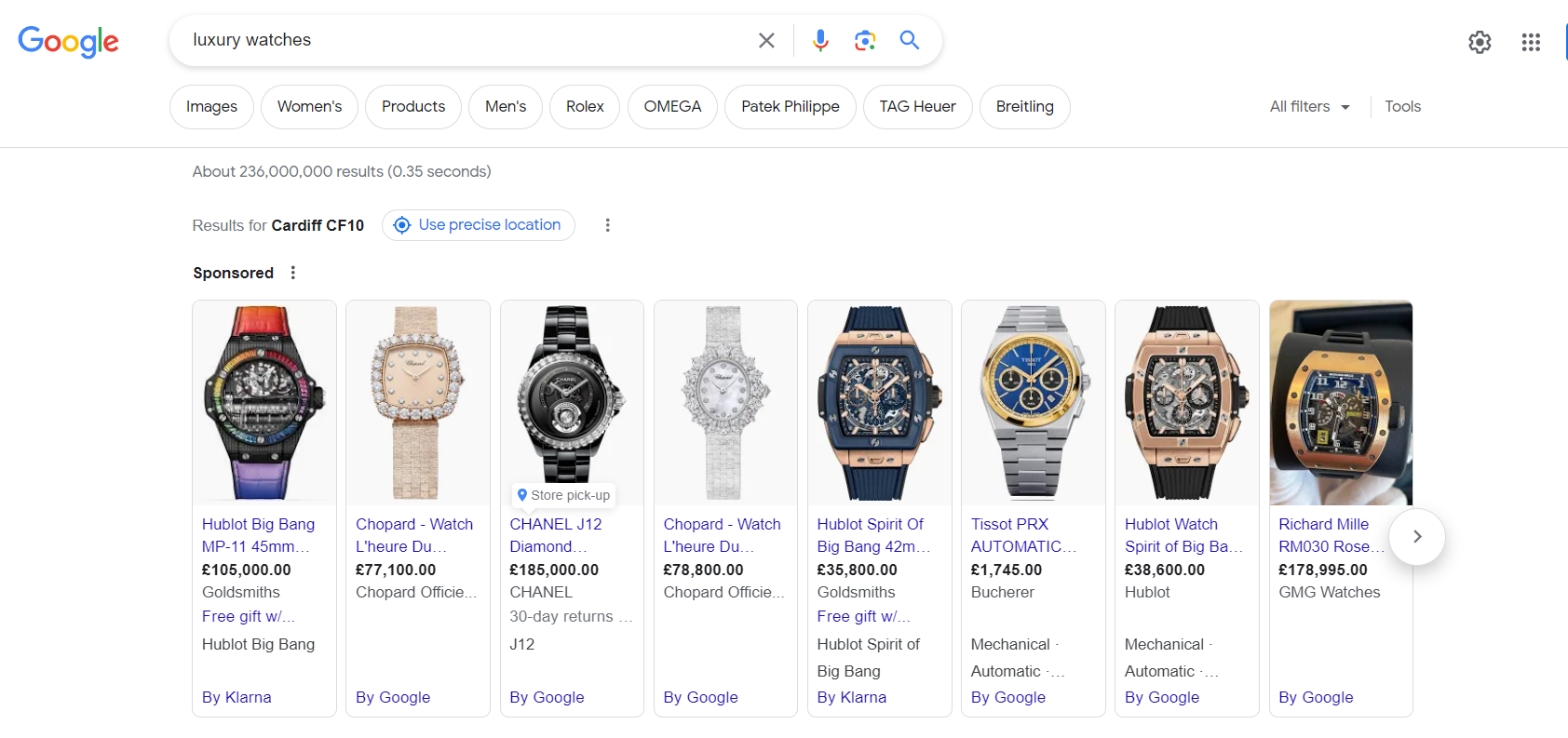Digital Marketing for High End Products: Overcoming Challenges & Seizing Opportunities

Using digital marketing to promote high end products presents a different set of challenges to marketing low cost products. From luxury cars to designer clothes, premium products often come with a long consideration window and a higher price tag. These marketing challenges requires a strategy that acknowledges the differences in consumer behaviour, attribution difficulties, and the impact of cost on advertising.
Understanding the Long Consideration Window
Unlike impulse purchases or low cost items, high end products typically involve a longer decision making process. Consumers invest significant time in researching, comparing, and deliberating before committing to a purchase. This extended consideration window presents both a challenge and an opportunity for digital marketers.
On one hand, it allows increased opportunity to engage with potential customers across various touchpoints along their journey. Through targeted content, personalised messaging, and strategic ad placements, marketers can nurture leads and guide them through the decision making process. However, it also means that attribution becomes more complex, as the path to purchase may span across multiple channels and interactions over an extended period of time. Google nicknamed this consideration process ZMOT (Zero Moment Of Truth) and offers advice on how to keep your brand in front of customers whilst they make their decision.
Difficulties with Attribution
Attributing conversions to specific marketing channels or campaigns becomes more challenging when dealing with high end products and their long consideration window. Unlike low cost items where the purchase often occurs shortly after exposure to an ad and is more likely to convert on the last click, the decision to invest in a high end product may be influenced by a multitude of factors over a longer period of time.
For example, a consumer might initially discover a luxury watch through a social media ad but may not make a purchase until months later after visiting the brand’s website, reading reviews, and receiving personalised email offers. In such cases, traditional attribution models that credit the last click or last interaction fail to capture the full impact of each marketing touchpoint.
Marketers must embrace more sophisticated, data driven attribution models that take into account the entire customer journey. Multi touch attribution models, which assign value to each touchpoint leading to a conversion, offer a more realistic view of campaign performance. By analysing data across channels and touchpoints, marketers can better understand the influence of their digital efforts throughout the consideration process.
Impact of Cost on Digital Advertising
Another aspect of marketing high end products is the cost involved, both in terms of the products themselves and the advertising budgets required to promote them effectively. Unlike mass market goods, which often have lower price points and appeal to a broader audience, high end products cater to a more select demographic willing to pay a higher price.
This selective audience requires a more targeted approach to digital advertising. Rather than casting a wide net, marketers must focus their efforts on reaching affluent individuals who are more likely to be interested in their products. This may involve leveraging data driven targeting techniques, such as demographic segmentation, behavioural targeting, and lookalike modelling, to identify and engage with potential customers.
However, the high cost of advertising on digital platforms can pose a significant challenge, particularly for smaller brands or businesses with limited marketing budgets. Competing for visibility in crowded digital spaces requires a strategic allocation of resources and a thorough understanding of marketing efficiency ratio. Investing in highly targeted campaigns that resonate with affluent consumers can bring substantial returns (as the profit margin is often higher on premium products) but it requires budget, careful planning and implementation.
Conclusion
Successful digital marketing for high end products, hinges on understanding consumer behaviour, the complexities of attribution, and effective management of advertising budgets. By embracing the long consideration window, adopting data driven attribution models, and deploying targeted advertising strategies, marketers can overcome these challenges and make the most of opportunities. By leveraging the power of digital marketing, brands can effectively engage with affluent consumers and drive conversions for their high end products.